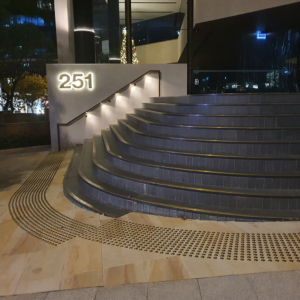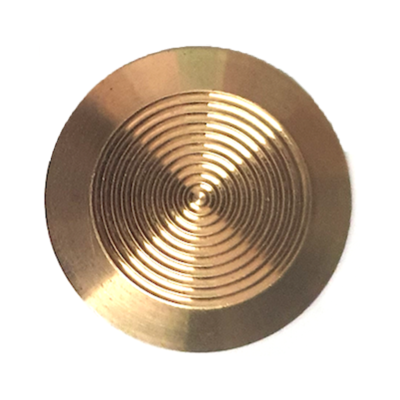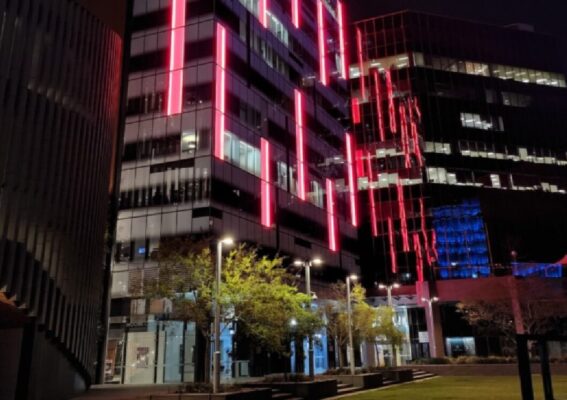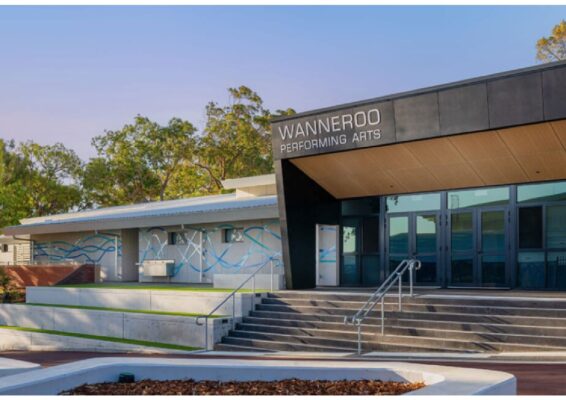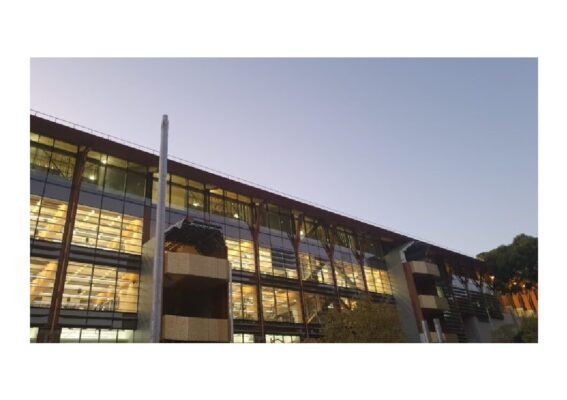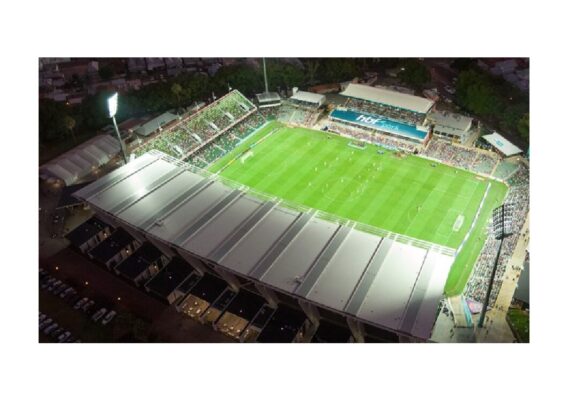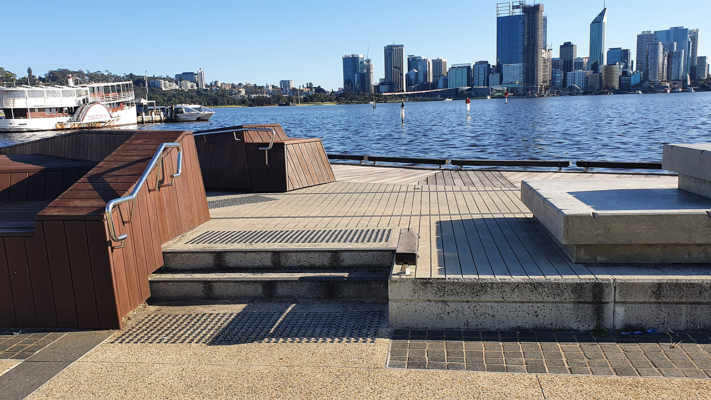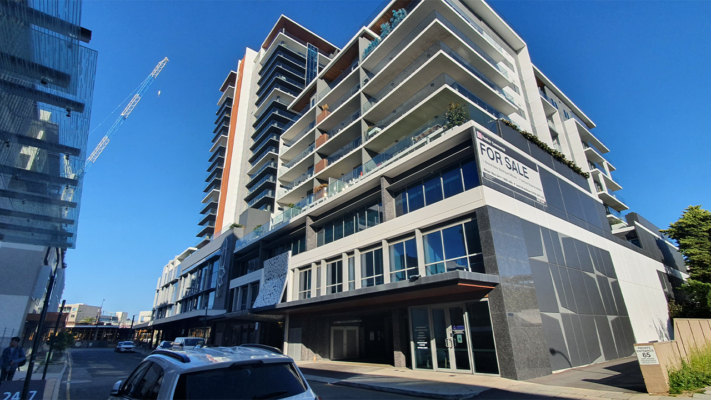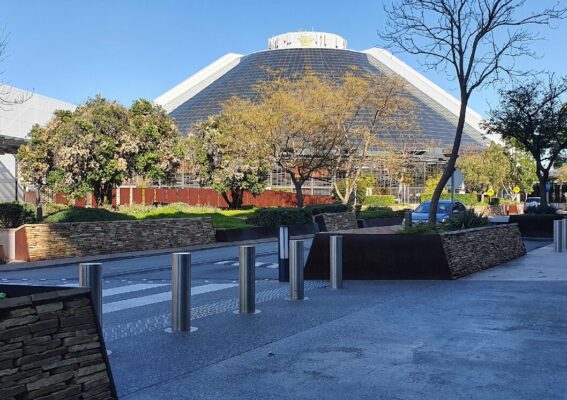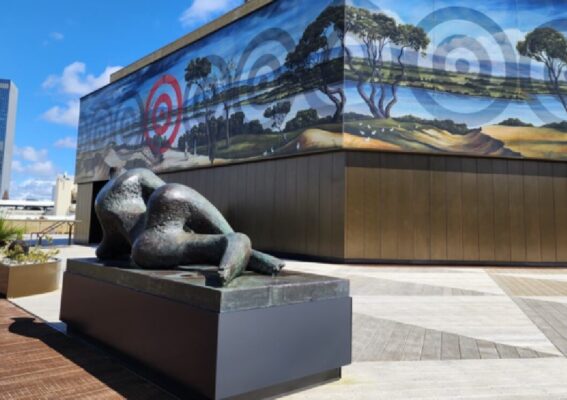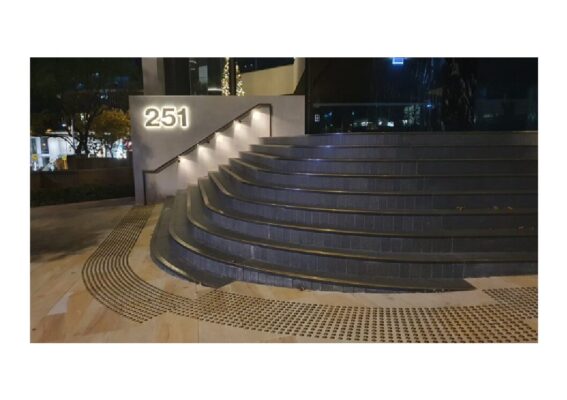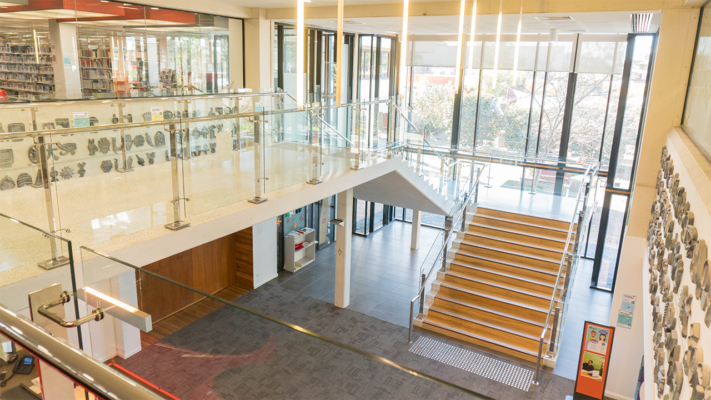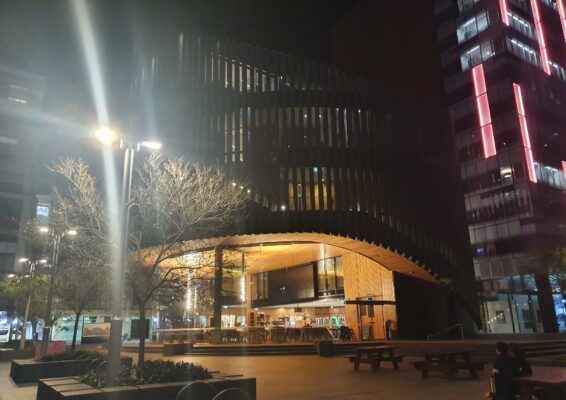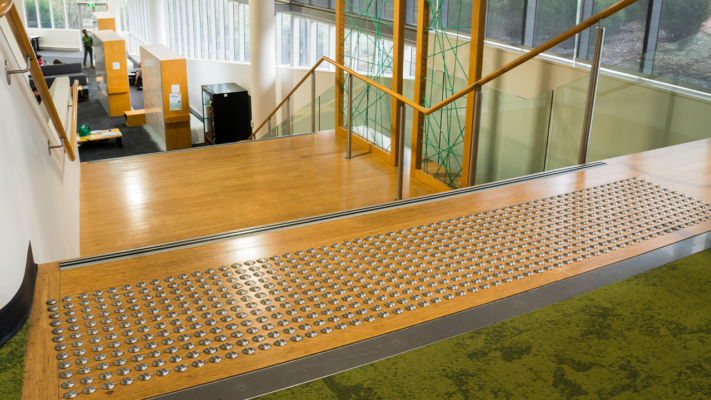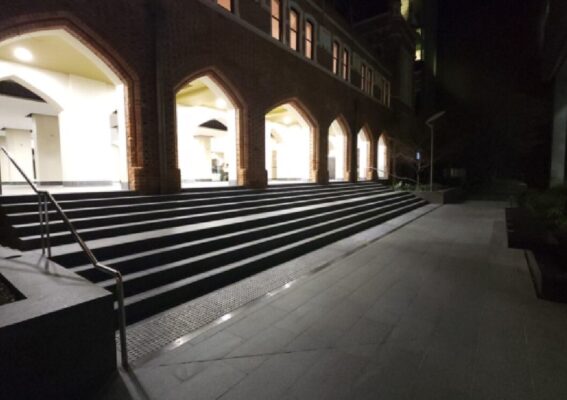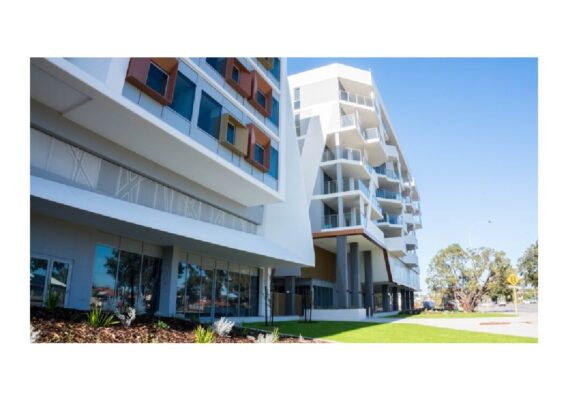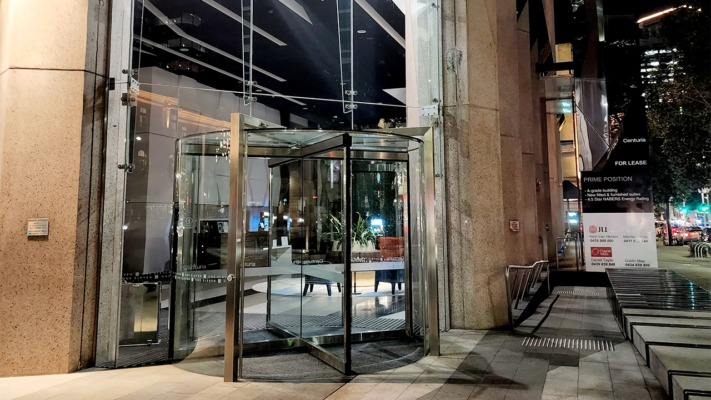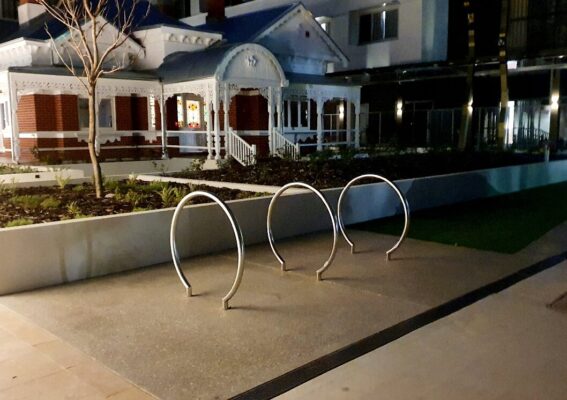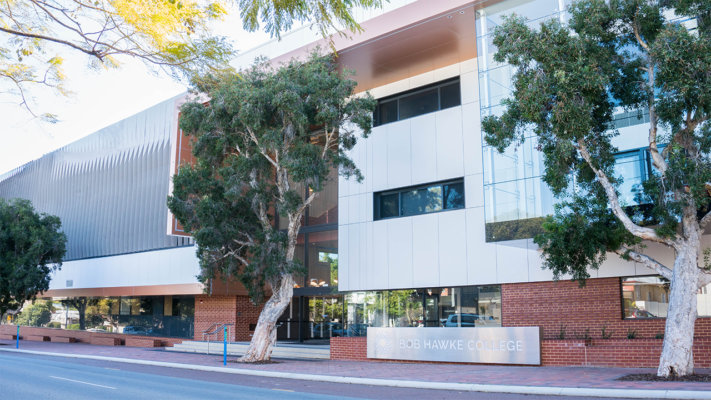The William Square Building in Western Australia stands tall as a symbol of modernity and architectural excellence. As a commercial and cultural hub, it plays a significant role in the daily lives of the community. However, to make this impressive structure more accessible to all, including those with visual impairments, the William Square Building project called upon Dottac, a renowned company specializing in tactile solutions. Dottac’s innovative use of brass tactile indicators with carborundum created a harmonious blend of aesthetics and accessibility, transforming the William Square Building into an inclusive and welcoming space for all.
The William Square Building is a bustling center of commerce and culture, hosting a diverse range of businesses and events. Ensuring that everyone, regardless of their abilities, could access its facilities and services was a top priority for the project. To address this need, Dottac’s expertise in tactile solutions was enlisted.
Tactile indicators are pivotal elements in enhancing accessibility in public spaces. They provide essential sensory information to individuals with visual impairments, aiding them in navigation and ensuring their safety. The incorporation of tactile indicators at the William Square Building was a significant step toward achieving universal accessibility.
Dottac initiated the project by conducting a comprehensive assessment of the building’s premises. This assessment aimed to identify key areas where tactile indicators could have the most significant impact. Collaborating closely with project stakeholders and accessibility experts, Dottac ensured that the installation would be tailored to meet the unique requirements of the modern commercial and cultural center.
One of the primary areas of focus was the entrances to the building. Dottac strategically installed brass tactile indicators with carborundum at these locations, marking the transition from the exterior to the interior. These tactiles provided clear and tactile cues, making it easier for visitors with visual impairments to locate and access the William Square Building independently.
Inside the building, tactiles were placed strategically to guide visitors towards various areas, including offices, event spaces, retail stores, and communal areas. These indicators formed tactile pathways, ensuring that individuals with visual impairments could navigate the building with confidence. The tactiles’ raised dots and carborundum inserts provided tactile feedback, helping visitors identify directional cues and transitions.
The choice of brass for the tactile indicators was a thoughtful one. Brass is not only durable but also exudes an air of sophistication and timelessness. The addition of carborundum inserts created an aesthetic contrast and added a modern touch while maintaining the classic appearance of the brass tactiles.
Staircases, an integral part of multi-story buildings, were another area of focus. Dottac addressed this by installing tactile indicators on the staircases throughout the building. These tactiles featured raised dots and carborundum inserts that clearly defined each step, enhancing safety and accessibility.
Elevators, essential for navigating multi-level buildings, also received Dottac’s attention. Tactile indicators were strategically positioned near elevator doors to aid visitors in locating and accessing elevators independently. This not only improved accessibility but also underscored the William Square Building project’s commitment to inclusivity.
The installation of brass tactile indicators with carborundum at the William Square Building exemplified Dottac’s dedication to accessibility and inclusivity. These indicators were more than functional; they symbolized a commitment to making the building’s commercial and cultural offerings accessible to everyone, regardless of their abilities. The William Square Building project’s commitment to accessibility demonstrated that inclusivity can coexist seamlessly with modernity and architectural excellence.
Furthermore, the tactiles significantly contributed to the safety and confidence of visitors with visual impairments. By providing clear and tactile cues, they facilitated independent navigation and reduced the risk of accidents, enhancing the overall experience within the building.
Dottac’s innovative use of brass tactile indicators with carborundum at the William Square Building in Western Australia was a significant milestone in enhancing accessibility and inclusivity in a modern and bustling setting. The project not only made the building more accessible but also emphasized the importance of thoughtful design and tactile solutions in creating a welcoming and inclusive environment. The William Square Building project’s dedication to accessibility serves as an inspiring example of how modern structures can prioritize inclusivity while maintaining their architectural excellence and contemporary appeal.


